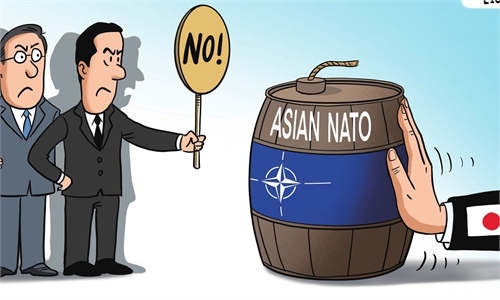Wakeup Call | Brain drain is only a symptom
Business group proposes tax breaks and work visas to retain talent
PETALING JAYA: Immediate action should be taken to stem the growing trend of skilled Malaysians seeking employment overseas, says the Chinese Chamber of Commerce and Industry of Kuala Lumpur and Selangor (KLSCCCI).
Its president Datuk Ng Yih Pyng said the brain drain is a critical issue, particularly as Malaysia continues to attract substantial foreign investments but struggles with a shortage of local talent.
Ng emphasised the need for comprehensive measures in Budget 2025 to retain skilled professionals in the country.
“Last year, Bank Negara said nearly 500,000 Malaysians, mostly skilled professionals, were working overseas.
“To become a global leader in high-tech industries, addressing this brain drain is crucial,” he said at the Associated Chinese Chambers of Commerce and Industry of Malaysia (ACCCIM) 78th annual general meeting here yesterday, which was attended by Prime Minister Datuk Seri Anwar Ibrahim.
Ng proposed introducing tax breaks and work visas as incentives to attract and retain talent within the country.
He suggested the government explore policies to encourage foreign graduates from Malaysian institutions to begin their careers here.
“By granting work visas to foreign graduates in specialised areas, we can enhance our workforce and stimulate economic growth.
“This initiative should focus on roles that are challenging to fill, ensuring our local talent are not sidelined,” he added.
Ng spoke of the potential benefits of such policies for the education sector, saying that offering career opportunities to foreign students post-graduation would make Malaysia a more attractive destination for international education.
“This strategy not only tackles the brain drain but also solidifies Malaysia’s role as a hub for skilled professionals, promoting regional cooperation and advancement during our Asean leadership,” he said.
Beyond addressing the talent shortage, he called for additional funding in Budget 2025 to support the growth of small and medium enterprises (SMEs), which are pivotal to Malaysia’s economy.
He proposed increasing grant support and creating more flexible financing options for businesses in key sectors such as manufacturing and services.
“We recommend additional funding in Budget 2025 to further drive digital integration and boost efficiency.
“Establishing clear guidelines and a proper follow-through process will ensure these grants are accessible and utilised effectively,” he added.
Ng expressed gratitude for the government’s ongoing support for SMEs, particularly through initiatives like the SME Digitalisation Grant, but stressed that more needs to be done to bolster their resilience in the face of rising costs.
“Providing tax cuts and grants to SMEs can help ease financial pressures and promote job creation.
“This will enable SMEs to invest in new technologies, expand operations, and remain competitive locally and globally,” he said.
Take immediate action to address brain drain, urges ...
Take immediate action to address brain drain, urges Chinese Chamber of Commerce president

GEORGE TOWN: Some 50 small and medium enterprises (SMEs) from China are seeking opportunities to expand their businesses in Penang following the influx of over RM400mil into the state.
Malaysia Extra Low Voltage Association (Melvian) assistant secretary Cheah Chaw Son said that the Chinese companies want to explore opportunities in home furnishings, bio pharmaceuticals, technologies, advertising services, and eCommerces with local partners.
Melvian is an industry body that comprises companies providing ICT, audio and visual, security, and data network infrastructure solutions.
The SMEs from China are set to take part in a business matching session on Oct 22 at G Hotel to find suitable local business partners, that is being organised by Melvian
“In the first half of 2024, Penang attracted RM411.8mil in investment from China. For the past decade, Penang roped in RM13.2bil investments from China that formed 6.8% of Penang’s total foreign investments, with a 50.5% compounded annual growth rate.
“The influx of these funds into Penang attracted the companies’ attention. The Silicon Island development and the upcoming light rail transit project connecting Komtar and Bayan Lepas on the island also enhanced the state’s competitive edge as a pivotal investment hub,” he added.
Cheah is confident that Malaysia’s projected gross domestic product (GDP) growth for 2024 and 2025 will continue spur investors’ interest in the state due to the country’s robust economic health.
“The Socio-Economic Research Centre has projected that Malaysia would close the year with 5.4% GDP growth, sustaining at healthy clip of 5% in 2025,” Cheah said.
The companies would take part in a business matching session on Oct 22 at G Hotel to find suitable local business partners.
Tan Sri Tengku Razaleigh Hamzah will officiate the event jointly organised by Melvian, Small and Medium Enterprises Association, Meta Ex, and Honor Innovation Sdn Bhd.
“The event is also to commemorate 50 years of Malaysia-China Diplomatic Relations,” he said.










